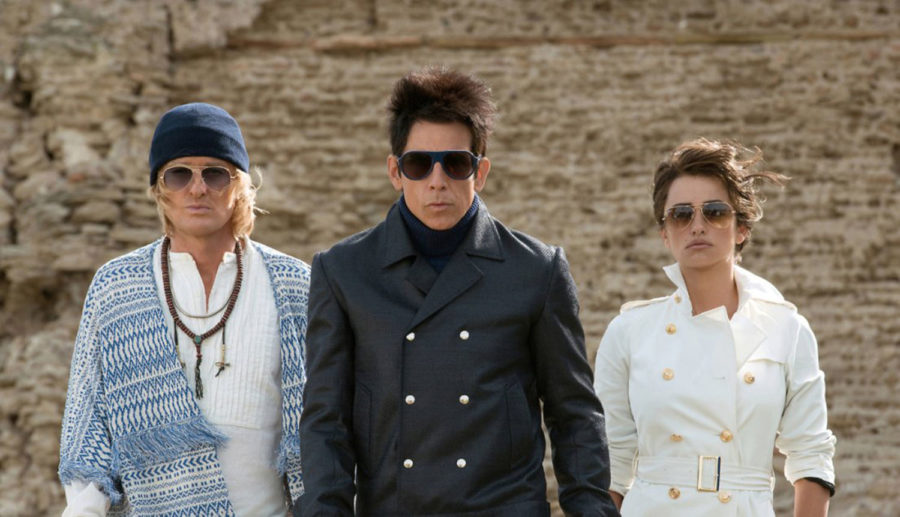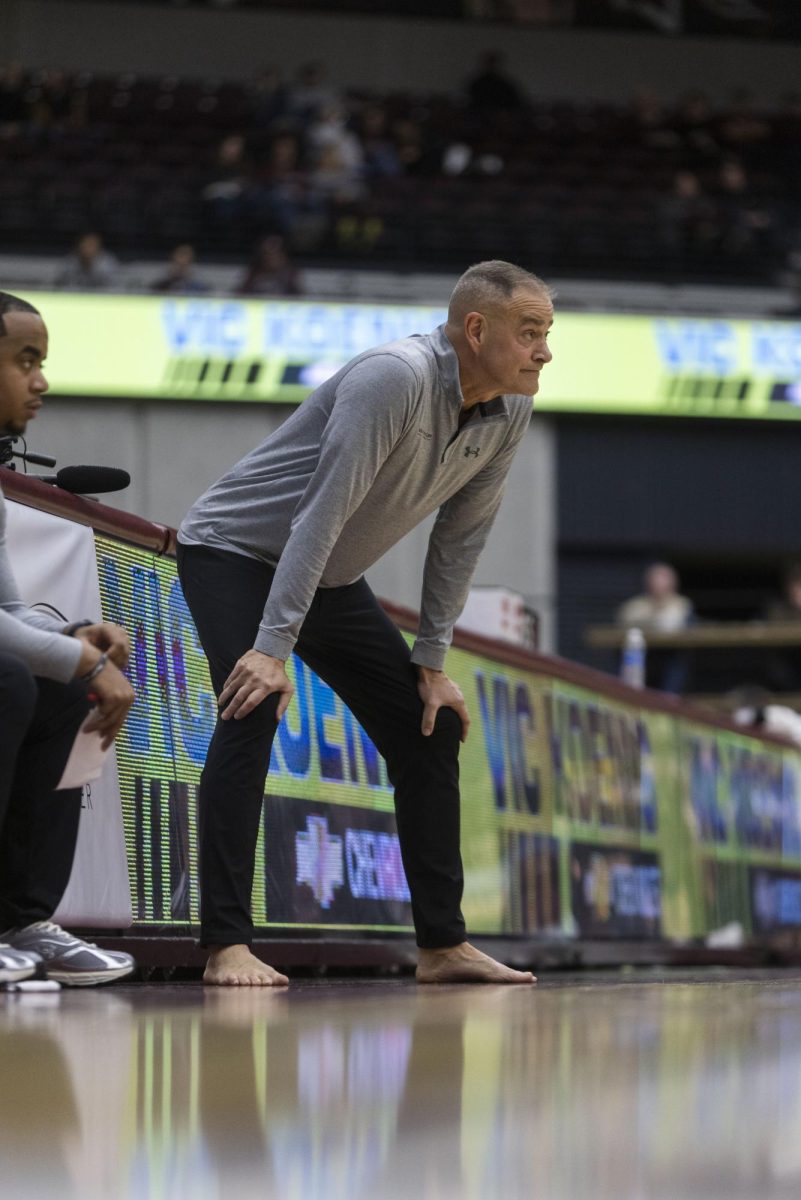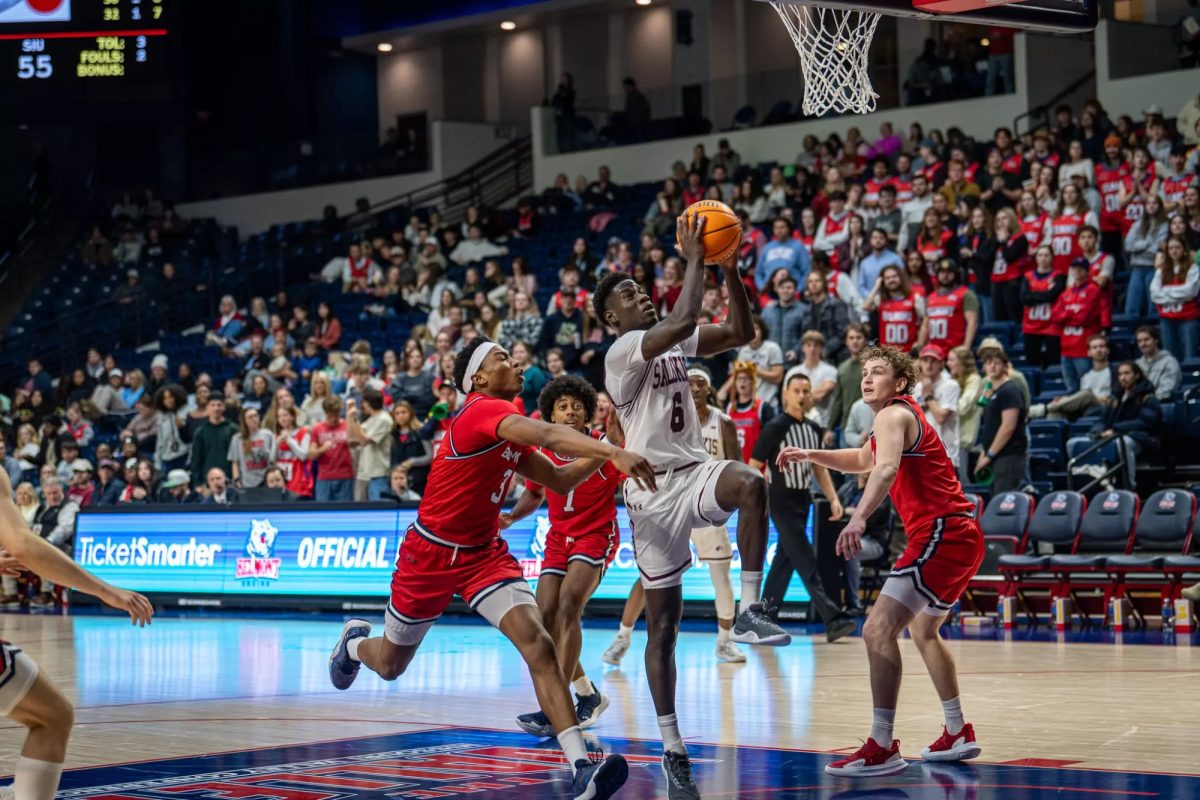Zoolander returns, 15 years later, to a very different world
February 8, 2016
Barely three weeks after the attacks of 9/11, Ben Stiller’s comedy “Zoolander” arrived in theaters.
At the time, light entertainment seemed so inappropriate that Hollywood was postponing the release of movies like Arnold Schwarzenegger’s action-flick “Collateral Damage.”
It was hard to say what, if anything, moviegoers wanted to see, but Stiller’s spoof of the vapid fashion industry didn’t necessarily seem a safe bet.
Advertisement
“There have been articles lately asking why the United States is so hated in some parts of the world. As this week’s Exhibit A from Hollywood, I offer ‘Zoolander,'” Roger Ebert wrote in his scathing, one-star review.
He called the movie “offensive” and “tasteless.” Ebert was in the minority on that one. The story of Derek Zoolander, a brainless model-turned-assassin played by Stiller with peacock hair and a glam-rock pucker, “Zoolander” pleased most critics and earned $60 million at the box-office at a time when most movies were tanking badly. Thanks to home video and cable, the movie went on to become a modern classic.
Fifteen years later, “Zoolander 2” arrives on screens on Feb. 12 facing high expectations and a much-changed cultural climate. “Zoolander” was in some ways a response to the decade that preceded it, the zeitgeist-less 1990s.
It was an economically optimistic period, driven partly by gee-whiz changes in technology (reflected in “Zoolander” by Derek’s absurdly tiny cellphone), but the ’90s were also culturally superficial, marked by the rise of cable entertainment channels, supermodel celebrities like Claudia Schiffer and non-celebrities like Paris Hilton (who makes a cameo in the film).
It’s no accident that “Zoolander” began life as two short spoofs for the VH1 Fashion Awards in the mid-1990s. Those skits, in 1996 and 1997, contained the kernels of the Zoolander character, an amiable airhead whose only assets are high cheekbones and a toned physique. Much of the humor comes from Derek’s difficulty to perform simple tasks — walking, turning — and the fact that his various facial expressions (nicknamed Ferrari and Blue Steel) are actually indistinguishable.
Given that Stiller mocked male models as unable to form complete sentences, he went over like gangbusters with the fashion industry itself.
The second short featured a cameo from Dutch model Mark Vanderloo, reportedly an inspiration for the Zoolander name. That’s a testament to Stiller’s ability to mix merciless satire with a sweetness of spirit, which came through even stronger in the film. (Stiller directed and co-wrote with Drake Sather, who helped create the VH1 skits, and John Hamburg, whose credits include Stiller’s “Meet the Parents.”)
Advertisement*
The film’s premise actually hits the fashion industry quite hard: When the prime minister of Malaysia promises to end child labor, a cabal of designers, led by an unseen “Giorgio,” plots to have him killed. Otherwise, wails one, “We’ll all go bankrupt within a year!”
Nevertheless, fashion heavyweights like Tom Ford and Tommy Hilfiger agreed to appear as themselves in the film. And as time went on, the industry seemed to embrace characters like the blathering Zen model Hansel (Owen Wilson) and the evil designer Mugatu (Will Ferrell), whose homeless-inspired fashion line Derelicte was based on a very real line by John Galliano.
“I was thrilled to say yes to Ben,” designer Marc Jacobs told Vanity Fair about playing himself in the upcoming sequel. “I thought the first one was hilarious.”
What’s important about the Zoolander character is that he’s never truly nasty, just overly pampered and blithely elitist. The film even portrays him as a Billy Elliot type, an outcast born into a coal-mining family (played by Jon Voight, Judah Friedlander and an unspeaking, uncredited Vince Vaughn) who are deeply ashamed of his natural beauty.
We also see Zoolander repeatedly struggle with an existential question: “Did you ever think that maybe there’s more to life,” he asks his roommates, “than being really, really, ridiculously good looking?” All of this resonated with audiences after 9/11 and beyond, making “Zoolander” an oft-quoted comedy along the lines of “Office Space,” “The Big Lebowski” and “Anchorman.”
Some of the things that worked in the first film, however, may not work in the sequel.
Another cameo by Donald Trump, for instance, now a highly divisive presidential candidate, probably wouldn’t get the same laughs. And a new character named All, a transgender model played by Benedict Cumberbatch, has already raised objections from the LGBT community.
At any rate, it’s hard to blame Stiller for wanting to follow up one of his most beloved films. Eventually, the movie even won over Roger Ebert.
“To his credit, I ran into him like five or six years later,” Stiller told The Hollywood Reporter in 2013. “He said, ‘Hey, I just want to apologize to you. I wrote that about “Zoolander,” and I think it’s really funny.'”
___
(c)2016 Newsday
Visit Newsday at www.newsday.com
Distributed by Tribune Content Agency, LLC.
Advertisement








